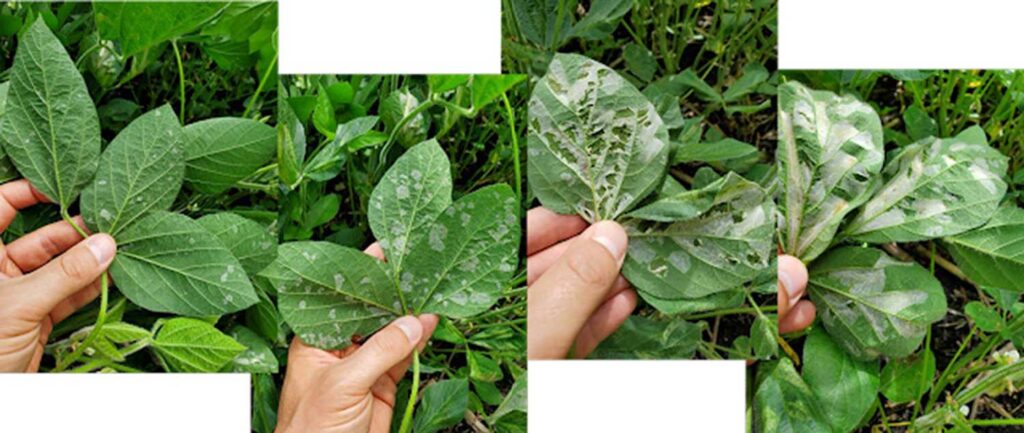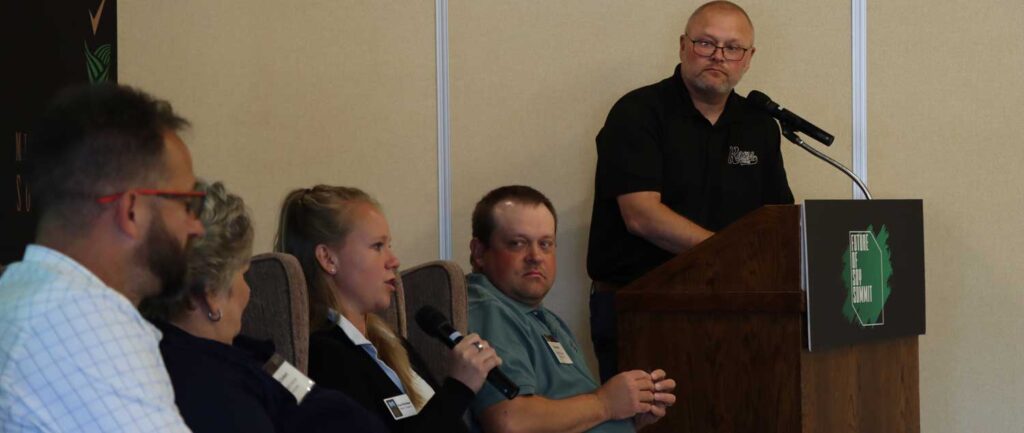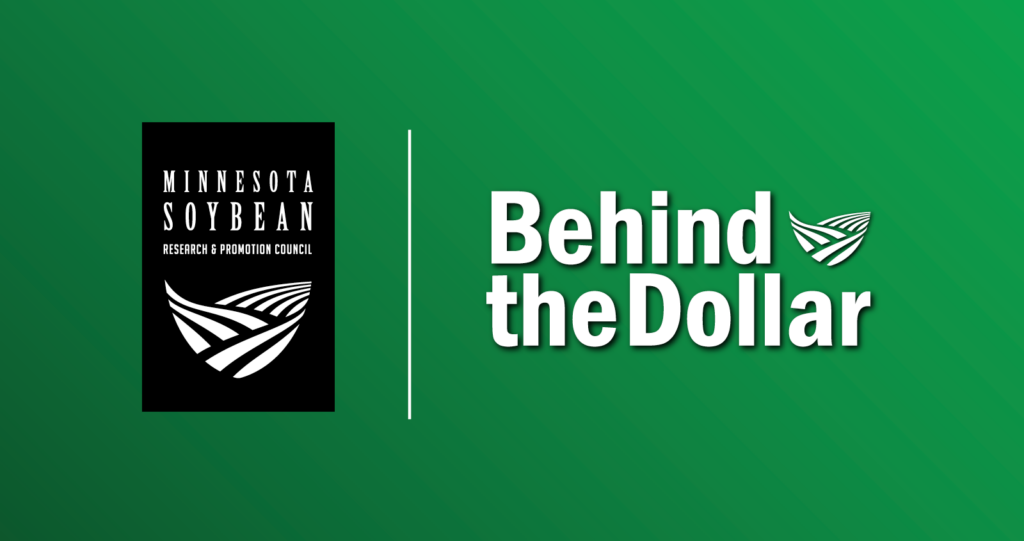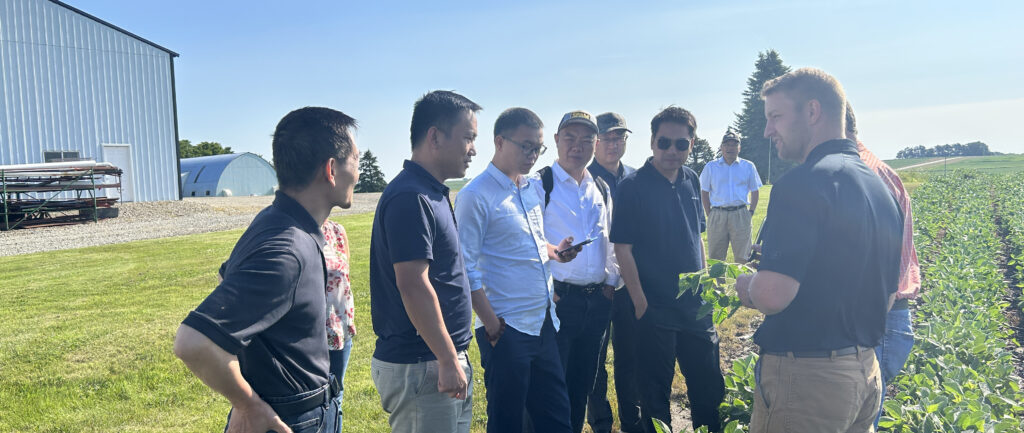Continuing a long-standing family tradition, Minnesota Soybean Research & Promotion Council (MSR&PC) Treasurer Cole Trebesch raises soybeans, corn, hogs and cattle near Springfield, MN. The farm is truly a family affair, supporting Trebesch’s parents, his wife and two small children.
Trebesch credits his passion for Minnesota agriculture being instilled at a young age, which he says drives his long-term stewardship goals of helping Minnesota farmers through the checkoff’s research and educational initiatives.
“I’ve been working with the soybean checkoff for the past year on the environmental stewardship action team and the production action team,” Trebesch says. “I’m excited to serve as a member of the executive board this year and will be able to take on more within MSR&PC.”
Trebesch notes that Council soybean checkoff investments into research and conservation are important to Minnesota soybean farmers because the research is done to better the state’s producers, not serve someone else’s agenda.
He points to the recent investment into the development of the WRAPS Handbook, which is a guide to help farmers be more involved and make meaningful contributions to the Water Restoration and Protection Strategy process required by the state to comply with the federal Clean Water Act. He also says research investments help develop new and better soybean varieties or help farmers find new ways to combat diseases and pests.
“It’s important that farmers know where their checkoff dollars are invested, and how they can use the programs to help their business,” Trebesch says.
Being part of the Council helps Trebesch continue to learn and grow through opportunities presented by the Minnesota soybean checkoff. While the focus of the Council remains on Minnesota, Trebesch says checkoff investments are felt nationwide.
“Through MSR&PC, not only have I been able to contribute to the soybean industry in a larger way, but I’ve also been given many opportunities like leadership training and traveling to learn more about how we can grow our industry,” Trebesch adds. “There’s much less one farmer can do on his own to make a difference for soybeans, but collectively we can make a bigger difference.”







